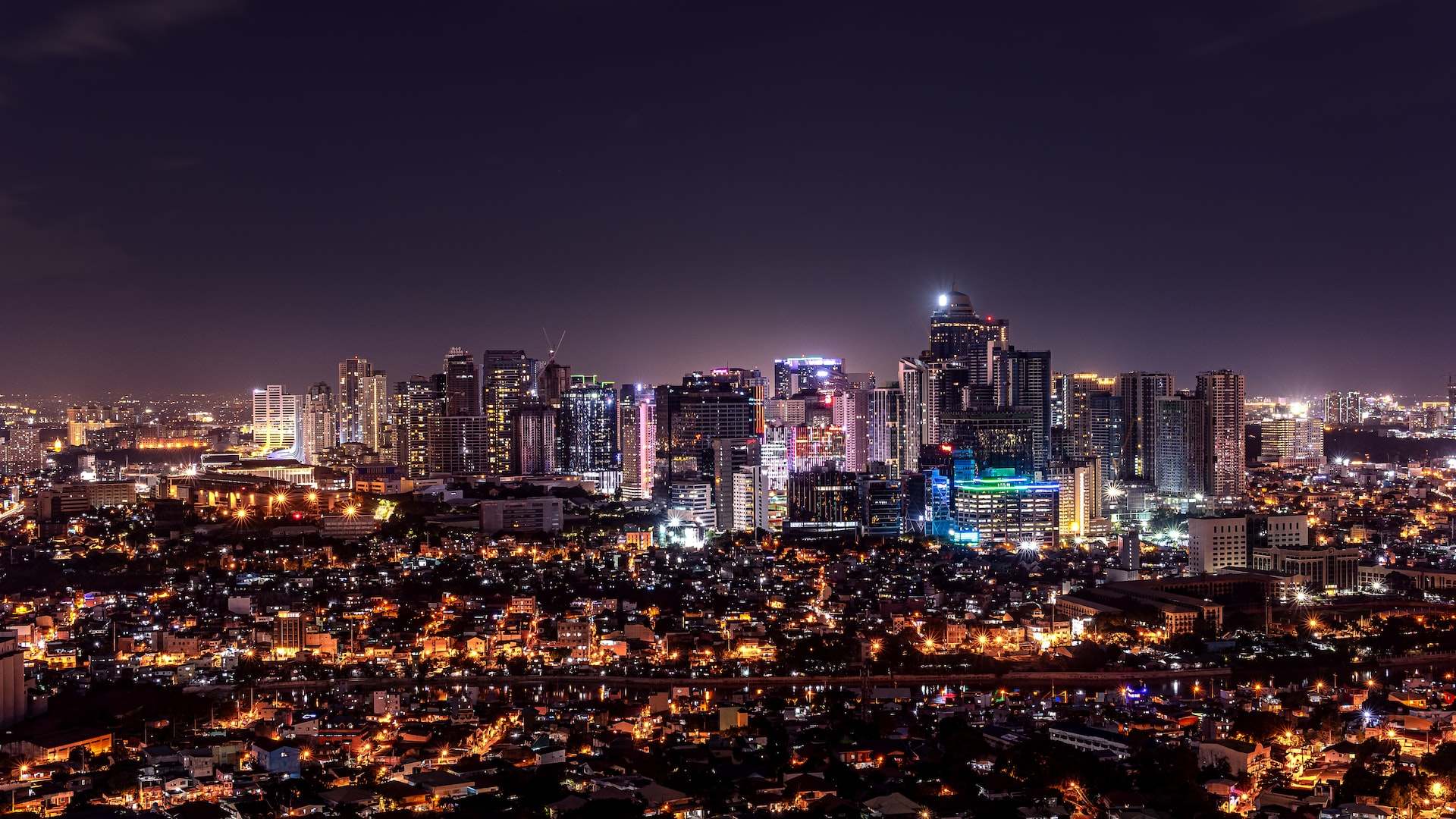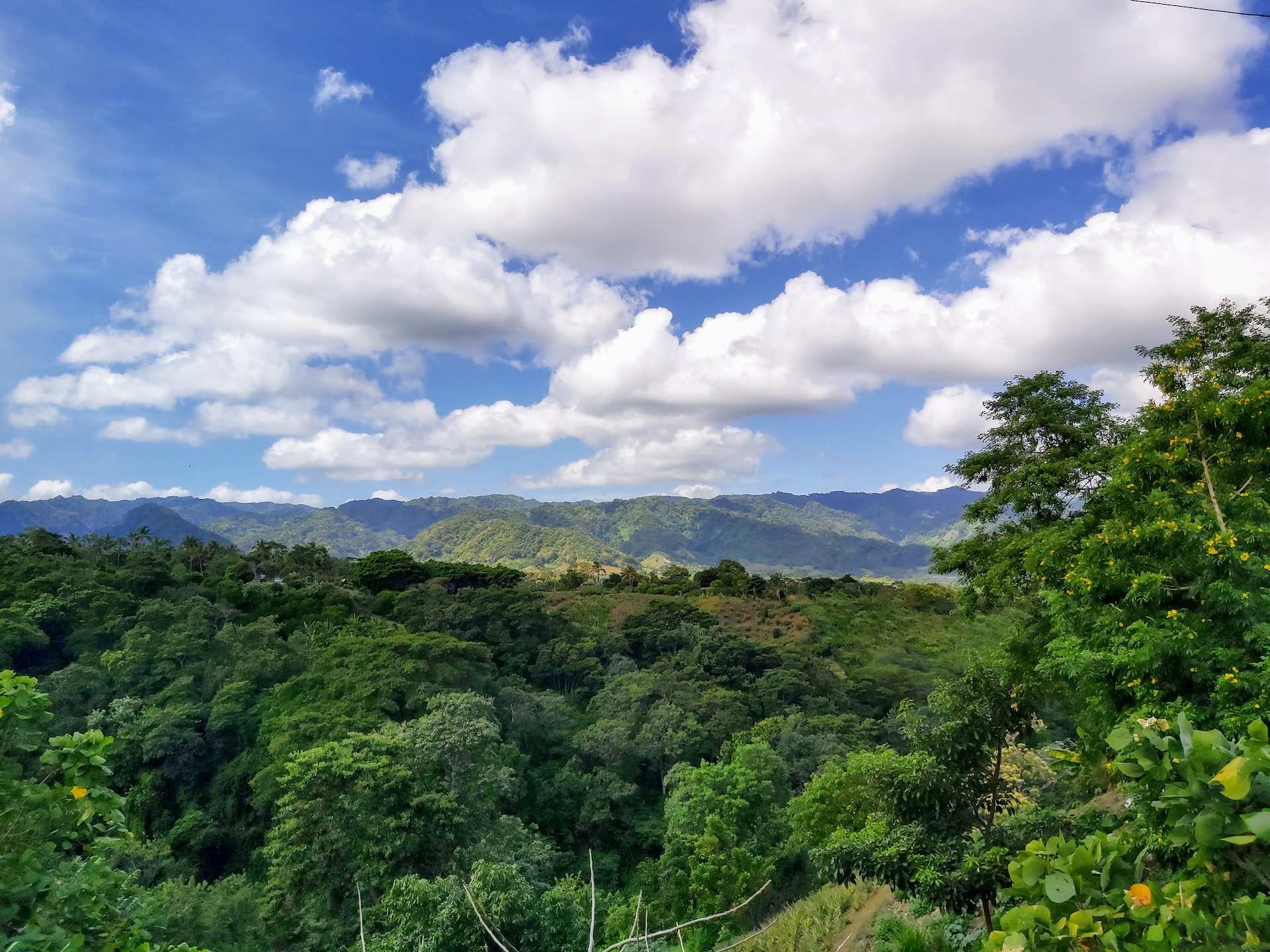Marrakech weather is a topic of great interest to travelers planning a visit to this vibrant city in Morocco. Known for its rich history, stunning architecture, and bustling markets, Marrakech is a popular destination for tourists from around the world. However, with its location in the desert region of Morocco, the weather in Marrakech can be quite hot and dry, making it important for visitors to plan accordingly.
Marrakech has a Mediterranean climate, which means that it experiences mild winters and hot summers. The city is located in the foothills of the Atlas Mountains, which provide some relief from the heat during the summer months. However, temperatures can still reach over 40°C (104°F) during the hottest part of the day. In the winter, temperatures are much cooler and can drop to around 10°C (50°F) at night.
Rainfall in Marrakech is relatively low, with most of the precipitation occurring in the winter months. However, even during the rainy season, it is not uncommon for several weeks to pass without any significant rainfall. The city is also prone to dust storms, which can occur any time of the year but are most common in the spring and summer.
<
| Month | Low (°C) | High (°C) | Low (°F) | High (°F) | Rain (%) |
|---|---|---|---|---|---|
| January | 8 | 18 | 46 | 64 | 20 |
| February | 8 | 20 | 46 | 68 | 10 |
| March | 10 | 22 | 50 | 72 | 5 |
| April | 12 | 25 | 54 | 77 | 5 |
| May | 15 | 30 | 59 | 86 | 2 |
| June | 20 | 35 | 68 | 95 | 1 |
| July | 22 | 40 | 72 | 104 | 0 |
| August | 22 | 40 | 72 | 104 | 0 |
| September | 20 | 35 | 68 | 95 | 1 |
| October | 15 | 30 | 59 | 86 | 2 |
| November | 10 | 22 | 50 | 72 | 5 |
| December | 8 | 18 | 46 | 64 | 20 |
When it comes to determining the best time to visit Marrakech, it really depends on what you hope to experience during your trip. If you’re looking to escape the cold weather and enjoy some warmth and sunshine, then the spring and fall are great options. During these seasons, temperatures are mild and the crowds are not as large as they are during the peak summer months.
On the other hand, if you’re looking to experience the full heat of the Moroccan desert, then the summer months of June, July, and August may be the perfect time for you to visit. During this time, temperatures can reach over 40°C (104°F), but the dry heat makes it more tolerable. Additionally, many of the city’s outdoor markets and festivals take place during the summer months, providing a unique cultural experience.
For those who want to experience Marrakech’s rich history and culture, the winter months of December, January, and February are a great option. During this time, the weather is cooler and more pleasant, making it ideal for exploring the city’s many historical sites and museums. Additionally, the city is less crowded during the winter months, providing a more peaceful and authentic experience.
Another important factor to consider when planning your trip is the possibility of rain. As previously mentioned, rainfall in Marrakech is relatively low, but it is most likely to occur during the winter months of December to February. If you’re not a fan of wet weather, then it may be best to plan your trip during the drier months of May to September.
Overall, the best time to visit Marrakech really depends on your personal preferences and the type of experience you’re looking for. Whether you’re looking for warmth and sunshine, cultural experiences, or a more peaceful and authentic experience, there’s a time of year that will suit your needs. By considering the weather, crowds, and cultural events, you can plan the perfect trip to this vibrant and exciting city.



